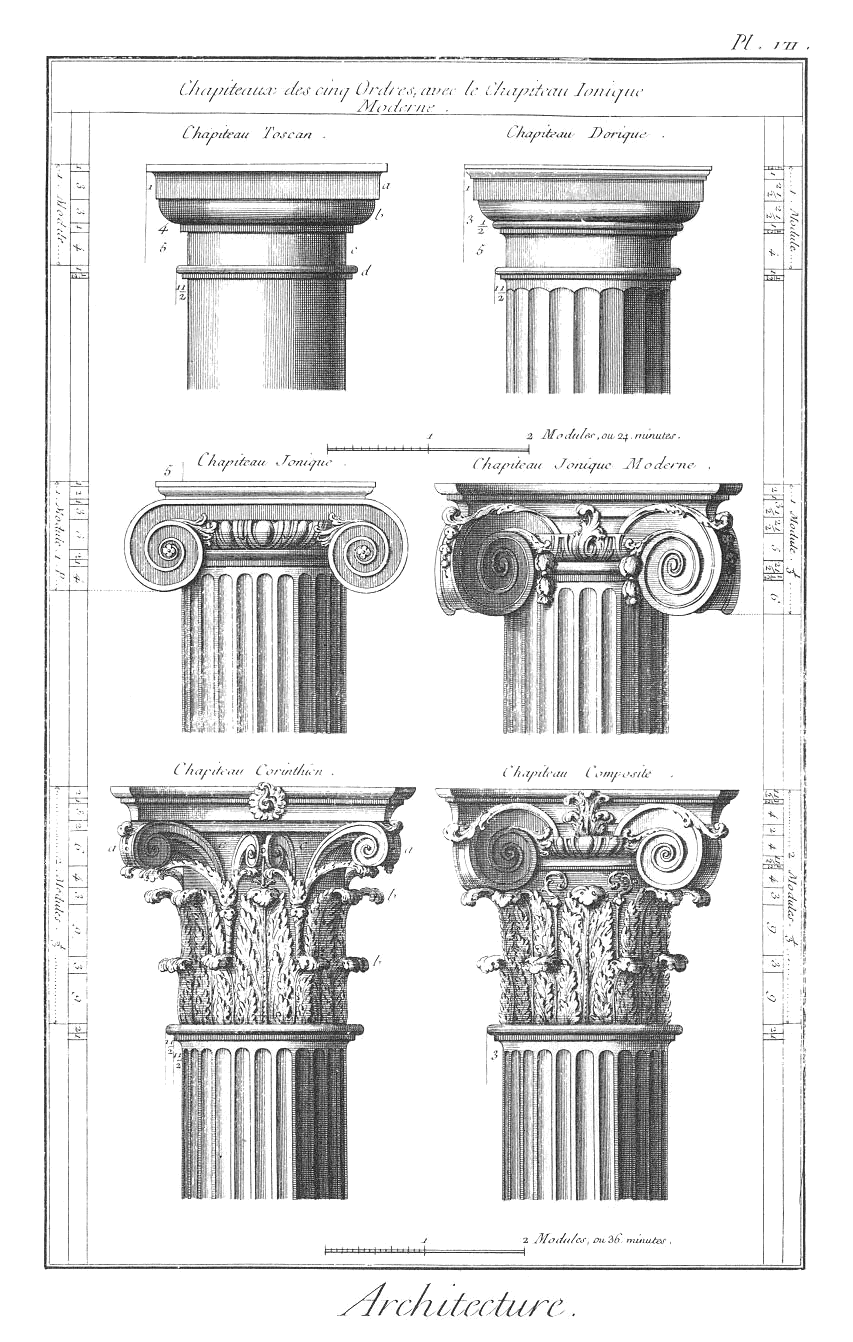Greek feet on:
[Wikipedia]
[Google]
[Amazon]
The pous ( podes; , ''poús'') or Greek foot ( feet) was a Greek unit of 
length
Length is a measure of distance. In the International System of Quantities, length is a quantity with Dimension (physical quantity), dimension distance. In most systems of measurement a Base unit (measurement), base unit for length is chosen, ...
of approximately 300mm or 12 inches. It had various subdivisions whose lengths varied by place and over time. 100 podes made up one plethron, 600 podes made up a stade
Stade (; ), officially the Hanseatic City of Stade (, ) is a city in Lower Saxony in northern Germany. First mentioned in records in 934, it is the seat of the Stade (district), district () which bears its name. It is located roughly to the wes ...
(the Greek furlong
A furlong is a measure of distance in imperial units and United States customary units equal to one-eighth of a mile, equivalent to any of 660 foot (unit), feet, 220 yards, 40 rod (unit), rods, 10 chain (unit), chains, or a ...
) and 5000 made up a milion
The Milion ( or , ''Mílion''; ) was a marker from which all distances across the Roman Empire were measured. Erected by Septimius Severus in the 3rd century AD in the city of Byzantium, it became the zero-mile marker for the empire upon the r ...
(the Greek mile). The Greek pous also has long, median and short forms.
The pous spread throughout much of Europe
Europe is a continent located entirely in the Northern Hemisphere and mostly in the Eastern Hemisphere. It is bordered by the Arctic Ocean to the north, the Atlantic Ocean to the west, the Mediterranean Sea to the south, and Asia to the east ...
and the Middle East
The Middle East (term originally coined in English language) is a geopolitical region encompassing the Arabian Peninsula, the Levant, Turkey, Egypt, Iran, and Iraq.
The term came into widespread usage by the United Kingdom and western Eur ...
during the Hellenic period preceding and following the conquests of Alexander the Great
Alexander III of Macedon (; 20/21 July 356 BC – 10/11 June 323 BC), most commonly known as Alexander the Great, was a king of the Ancient Greece, ancient Greek kingdom of Macedonia (ancient kingdom), Macedon. He succeeded his father Philip ...
and remained in use as a Byzantine unit until the Fall of Constantinople
The Fall of Constantinople, also known as the Conquest of Constantinople, was the capture of Constantinople, the capital of the Byzantine Empire by the Ottoman Empire. The city was captured on 29 May 1453 as part of the culmination of a 55-da ...
in 1453.

Comparative analysis
A pous is divided into digits orfinger
A finger is a prominent digit (anatomy), digit on the forelimbs of most tetrapod vertebrate animals, especially those with prehensile extremities (i.e. hands) such as humans and other primates. Most tetrapods have five digits (dactyly, pentadact ...
s (''daktyloi'') which are multiplied as shown. Generally the sexagesimal or decimal multiples have Mesopotamian
Mesopotamia is a historical region of West Asia situated within the Tigris–Euphrates river system, in the northern part of the Fertile Crescent. Today, Mesopotamia is known as present-day Iraq and forms the eastern geographic boundary o ...
origins while the septenary multiples have Egyptian origins.
Greek measures of short median and long podes can be thought of as based on body measures. The lengths may be compared to the Imperial/U.S. foot
The foot (: feet) is an anatomical structure found in many vertebrates. It is the terminal portion of a limb which bears weight and allows locomotion. In many animals with feet, the foot is an organ at the terminal part of the leg made up o ...
of 304.8 mm. Stecchini and others propose the Greek podes are different sizes because they are divided into different numbers of different sized ''daktylos'' to facilitate different calculations. The most obvious place to observe the relative difference is in the Greek orders of architecture whose canon of proportions is based on column diameters.
References
Mathematical and metrological references
* * * * * * *Linguistic references
* *Classical references
* * *Archaeological historical references
* * * *Medieval references
* * * * {{Hellenic measurement Human-based units of measurement Units of length Ancient Greek units of measurement ca:Llista d'unitats de longitud de l'antiga Grècia#Pous